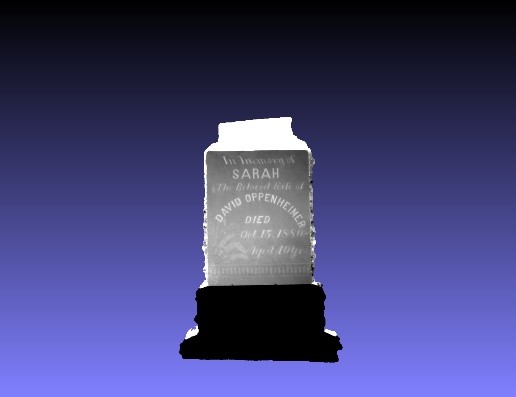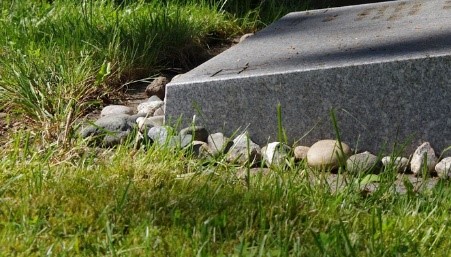The Unknown
I’ve always struggled with the ideas of cemeteries, holding the belief that gravestones are too objective. To describe someone’s entire being in just a few words leaving a feeling of discomfort. How do you simply get someone’s very essence across through a headstone? Through our field course, I began to realize that there is much more to a headstone then displaying the individual. Furthermore, I’ve found that The Emanu-El cemetery is a community and a place of connection, not only a place of departure.
What and where?
Our class consisted of a good combination of both cultural and archaeological fieldwork, as a cultural anthropology major I naturally gravitated to and enjoyed the cultural aspects of our class. Through my personal and academic endeavors, I have not had a chance to learn a significant amount about Jewish Culture, so this field school has given me a taste of Jewish history. Today, being our last day of field school I am reflecting on what struck me about Emanu-el cemetery, and Jewish culture.
Connections
We had guest speakers come to Emanu-el to describe the history of many individuals. We have become familiar with many of the individuals who reside in the cemetery, knowing the names of their partners, children, brothers, sisters, and friends – some being prolific residents of B.C.’s history and some being Holocaust survivors. The idea of the families being eternally close to one other another is nice to think of –additionally, where you are placed being representative of the ties and connections from one’s life. This realization created a new understanding to my previous held notions around gravestones.
Fieldwork
Through our work, we have learned a handful of new skills, one of which was using an application called Sketchfab where we uploaded a chosen marker online (that we have taken with taken photos of) and then attempted to refine and create a 3-dimensional form though the software. In this process, I realized the stones can tell additional stories and that in a sense the stones are ‘alive,’ living through the various weather that penetrates them over the years, the stones itself telling a story through their deterioration, or in our 3D work, finding details that may be missed with the naked eye due to decay.


Close up photo of the inscription on Sarah Oppenheimer’s monument (plot E05) and screenshot of the 3D model that my partner and I were working on in Sketchfab.
Interesting observations
In the Emanu-el cemetery, there were some notable differences of other cemeteries I’ve been. After speaking with Rabbi Harry before initially visiting, we were instructed to not eat in the cemetery as that would be unfair to the deceased, as it’s ‘a reminder of what they cannot have.’ Additionally, I noted the number of stones placed on stone monuments. We later found out that the stones are routinely placed to show the deceased are remembered.



Stones placed around headstones, indicating a visit to the grave.
Interestingly, a stone is eternal (in theory, and in comparison, to flowers), and we have seen on many of the gravestones – the abbreviation “ה ב צ נ ת” which as a whole is a phrase usually translated to “May his soul be bound up in the bonds of eternal life.” (How To Read A Hebrew Tombstone 2018) noting the value of eternity in Jewish Culture.
In conclusion, for those who crave history and learning about culture, this class is for you. The sense of accomplishment of helping with a task for a community is a great motivator, and you may find a new outlook for gravestones or cemeteries.
Citations
How To Read A Hebrew Tombstone 2018Jewishgen.Org. https://www.jewishgen.org/InfoFiles/tombstones.html, accessed June 4 , 2018.
Jewish Museum of the American West 2014Samuel Schultz In Law School. Image. http://www.jmaw.org/samuel-schultz-jewish-bc/, accessed May 11 , 2018.
McGuire, Erin 2018Heritage And Historical Archaeology Field Course Course Readings. 1st edition. Victoria: UVIC DEPT OF ANTHROPOLOGY.
